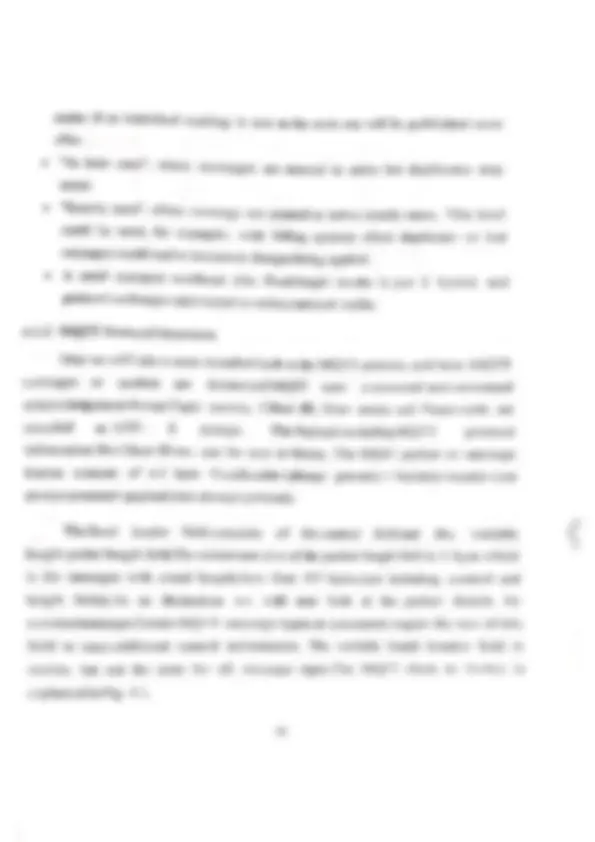Partial preview of the text
Download "Industrial Load Management System Using MQTT Protocol for Real-Time Energy Optimization " and more Thesis Industrial management in PDF only on Docsity!
CHAPTER 4 SOFTWARE . Messaging protoco! designed for M2M (machine to machine) telemetry in low bandwidth environments. It was designed by Andy Stanford-Clark (TBM) and Arlen Nipper in 1999 for connecting Oil Pipeline telemetry systems Over satellite - It became an OASIS standard in becoming one of the main protocols for lOT (i ternet of things) deployments, whichis a lightweightbroker-based publish/subscribe m essaging protocol designed to be open. simple and easy to implement. These characteristics make it ideal for use in constrained environments, for example, not limited to where the network is has low bandwidth or is unreliable.Itmakes it Teally easy to establish a communication between multiple devices. It is a simple messaging expensive, protocol, designed for constrained devices and with low-bandwidth. So, it’s the perfect solution for Intemet of Things applications. 4.1.1 Features of the protocol The publish/subscribe message pattern fo provide one-to-many message distribution and decoupling of applications. A messaging transport that is agnostic to the content of the payload. The use of TCP/IP to provide basic network connectivity. "At most once", where messages are delivered according to the best efforts of the underlying TCP/IP network. Message loss or duplication can oceur. This level could be used. for example. with ambient sensor data where it does not 31 matter if an individual Teading is lost as the next one will be published soon after. "At least once" > Where messages are assured 1o arrive but duplicates may occur. e "Exactly once" + where message are assured to arrive exactly once. This level could be used, for example + with billing systems where duplicate or lost messages could lead to incorrect charges being applied. A small transport overhead (the fixed-length header is just 2 bytes). and protocol exchanges minimized to reduce network traffic. 4.1.2 MQTT Protocol Structure Here we will take a more detailed look at the MQTT protocol, and how MQTT messages or packets are formatted.MQTT uses acommand and command acknowledgement format.Topic names, Client ID, User names and Passwords are encoded as UTF- 8 strings. The Payload excluding MQTT protocol information hike Client ID ete. can be text or binary. The MOTT packet or message format consists of a2 byte fixcdheader (always present) + Variable-header (not always present)+ payload (not always present). The fixed header ficld consists of the control fieldand the variable length packet length field. The minimum size of the packet length field is 1 byte which is for messages with a total length Jess than 127 bytes.(not including control and length fields).As an illustration we will now look at the packet details for a connectmessage.Certain MQTT message types or commands require the use of this field to carry additional control information. The variable length header field is similar. but not the same for al] message types.The MQTT client to broker is explained in Fig. 4.1. 32 









